Finish Architectural Knowledge Base
What’s The Difference Between Architectural Steel Fabrication And Structural Steel Fabrication?
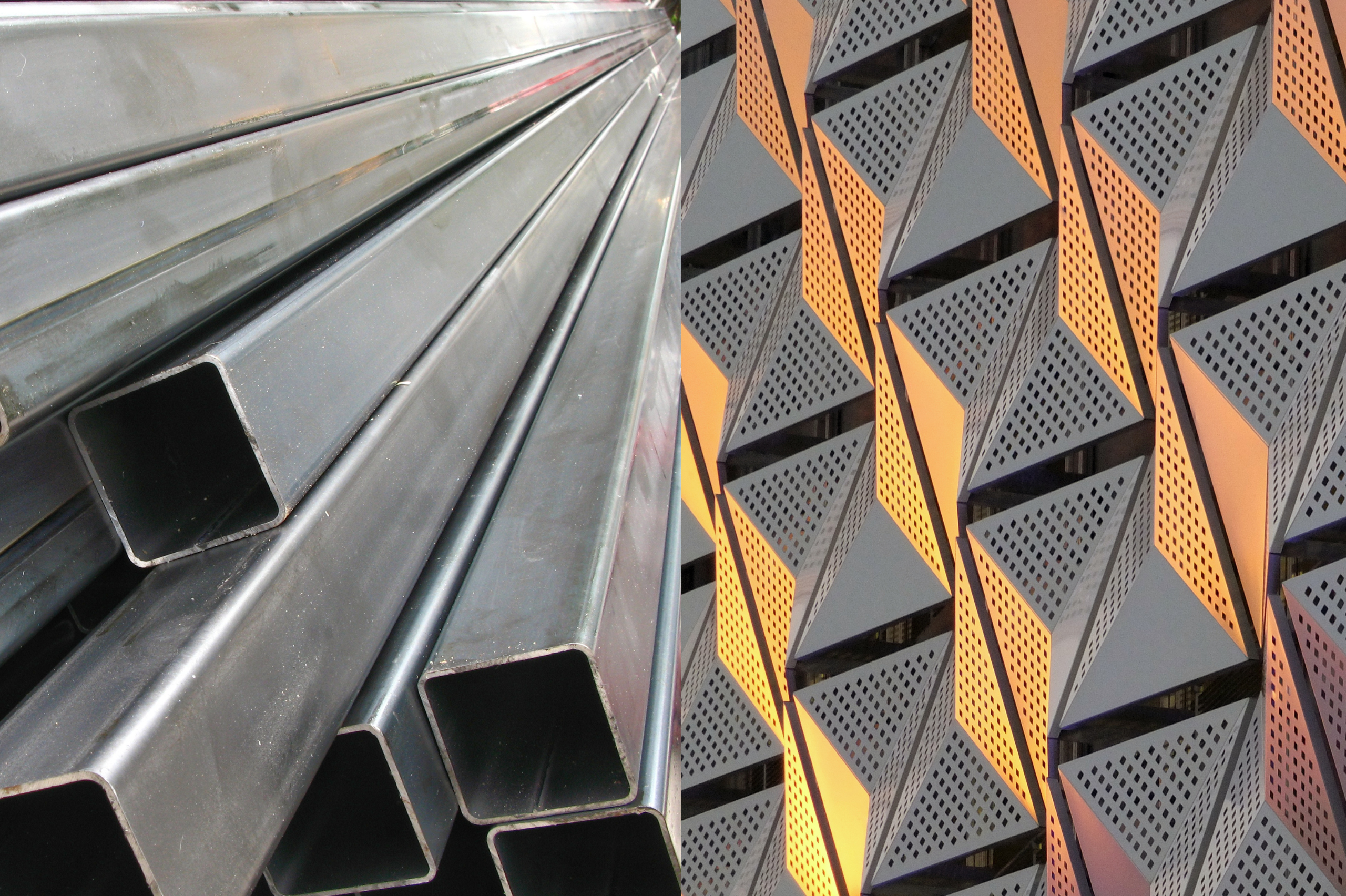
In this article, we'll be discussing the difference between architectural steel fabrication and structural steel fabrication. In this piece, we aim to provide a clear and comprehensive understanding of these two distinct processes.
As experts in the field, we have witnessed the importance of distinguishing between architectural and structural steel fabrication in various construction projects.
Architectural steel fabrication focuses on the aesthetic and visual aspects of a building, such as its design and appearance. On the other hand, structural steel fabrication is concerned with the strength, stability, and load-bearing capabilities of the structure.
Understanding the purpose and scope of each type of fabrication is crucial for architects, engineers, and construction professionals to ensure a successful and safe project.
Throughout this article, we will delve into the design considerations, structural integrity, and collaboration required in both architectural and structural steel fabrication. By the end, you will have a solid grasp of the differences between these two processes, enabling you to make informed decisions in your own construction endeavours.
So, let's get started!
What’s the Purpose and Scope of Architectural Steel Fabrication?
Architectural steel fabrication is essential for creating visually pleasing structures that blend both functionality and aesthetics. It involves the process of transforming raw steel into custom-designed elements that are used in the construction of buildings and other architectural projects.
The purpose of architectural steel fabrication is to provide structural support while also enhancing the overall visual appeal of the structure. This includes the fabrication of components such as steel beams, columns, and decorative elements like railings and facades.
The scope of architectural steel fabrication encompasses a wide range of specialised techniques, including cutting, welding, shaping, and finishing. These processes require a high level of precision and attention to detail to ensure that the final product meets the specific design requirements.
Whether it's a modern skyscraper or a historic landmark, architectural steel fabrication plays a crucial role in bringing architectural visions to life.
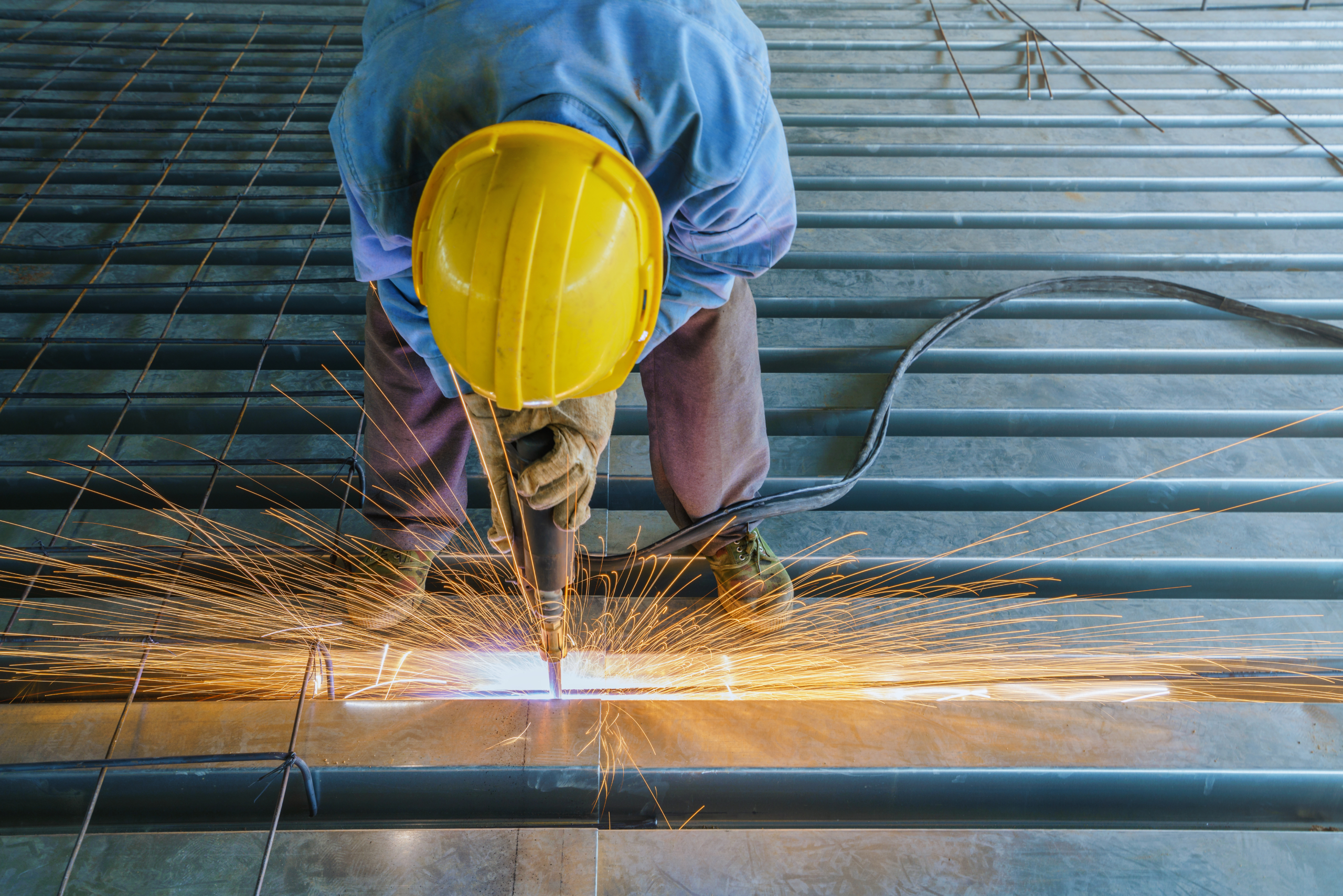
The Role of Structural Steel Fabrication in Construction
Structural steel fabrication plays a crucial role in construction. It provides the framework and support necessary for buildings and infrastructure. This involves the production of steel components such as beams, columns, and trusses. These components are designed to withstand heavy loads and ensure the structural integrity of a building.
Through precise cutting, welding, and assembly techniques, structural steel fabricators create durable and reliable structures. These structures can withstand the test of time. The process of structural steel fabrication requires a high level of technical skill and expertise. This ensures that all components are fabricated to exact specifications.
Without structural steel fabrication, the construction industry would lack the strength and stability needed for safe and reliable buildings.
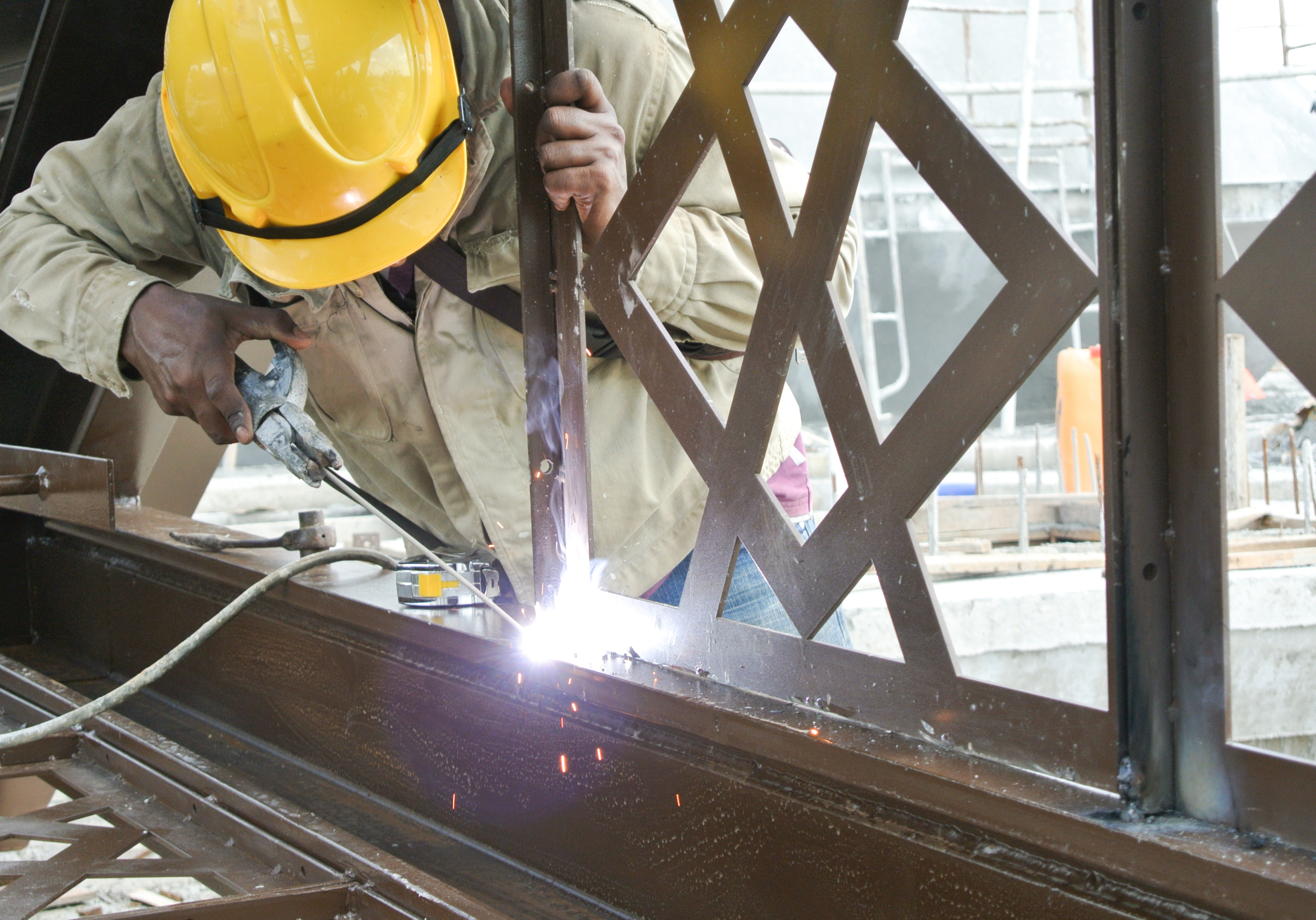
Design Considerations for Architectural Steel Fabrication
When it comes to designing steel structures for construction, there are several important factors to consider. These include aesthetics, functionality, and safety. In the case of architectural steel fabrication, the focus is on creating visually appealing structures that also meet the required structural standards.
To achieve this, it is necessary to take into account specific design requirements. This includes considering the desired shape, size, and finish of the steel components. Architectural steel fabrication often involves intricate detailing and precision work to achieve the desired aesthetic outcome.
In addition to aesthetics, considerations such as corrosion resistance and weatherproofing are also important in architectural steel fabrication. This is because these structures are often exposed to the elements and need to withstand harsh conditions.
Overall, the design process for architectural steel fabrication involves a careful balance between aesthetics and functionality. The goal is to create structures that are both visually pleasing and structurally sound.
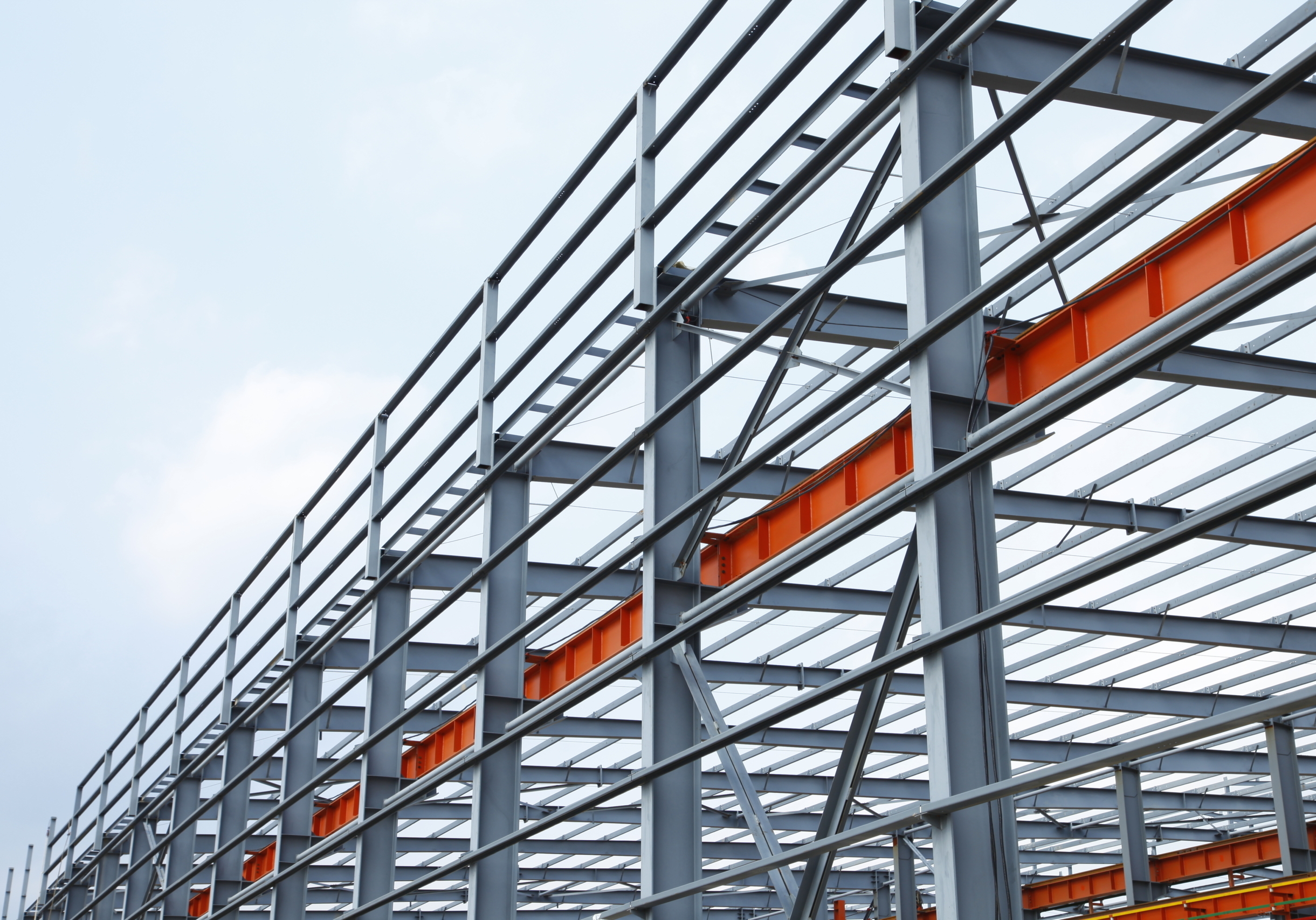
Structural Integrity and Safety in Structural Steel Fabrication
To ensure the structural integrity and safety of your steel fabrication project, it's crucial to consider factors such as design specifications, material selection, and quality control measures.
Design specifications play a significant role in determining the strength and stability of the fabricated structure. It is essential to adhere to industry standards and codes to ensure the project meets the required load-bearing capacity.
Material selection is another critical aspect that affects structural integrity. The choice of steel grade and thickness should be based on the specific load requirements and environmental conditions.
Quality control measures, including thorough inspections and testing, are necessary to identify any potential defects or flaws in the fabricated structure.
By implementing these considerations, you can guarantee a sturdy and safe structural steel fabrication project that meets the desired standards and regulations.
Collaboration and Coordination between Architectural and Structural Steel Fabrication
Collaboration and coordination between architectural and structural steel fabrication are essential for a seamless and efficient construction process. Architects provide the vision and design requirements, while steel fabricators bring their expertise in material selection, fabrication techniques, and construction processes.
Close coordination is necessary to ensure that the architectural design is accurately translated into the structural steel fabrication. This requires regular communication and exchange of information, such as design drawings, specifications, and material requirements.
Collaboration allows for the identification and resolution of potential conflicts or design issues early on, preventing costly delays or rework. By working together, architects and steel fabricators can optimise the design, ensure structural integrity, and achieve a high-quality end product that meets the project's objectives.
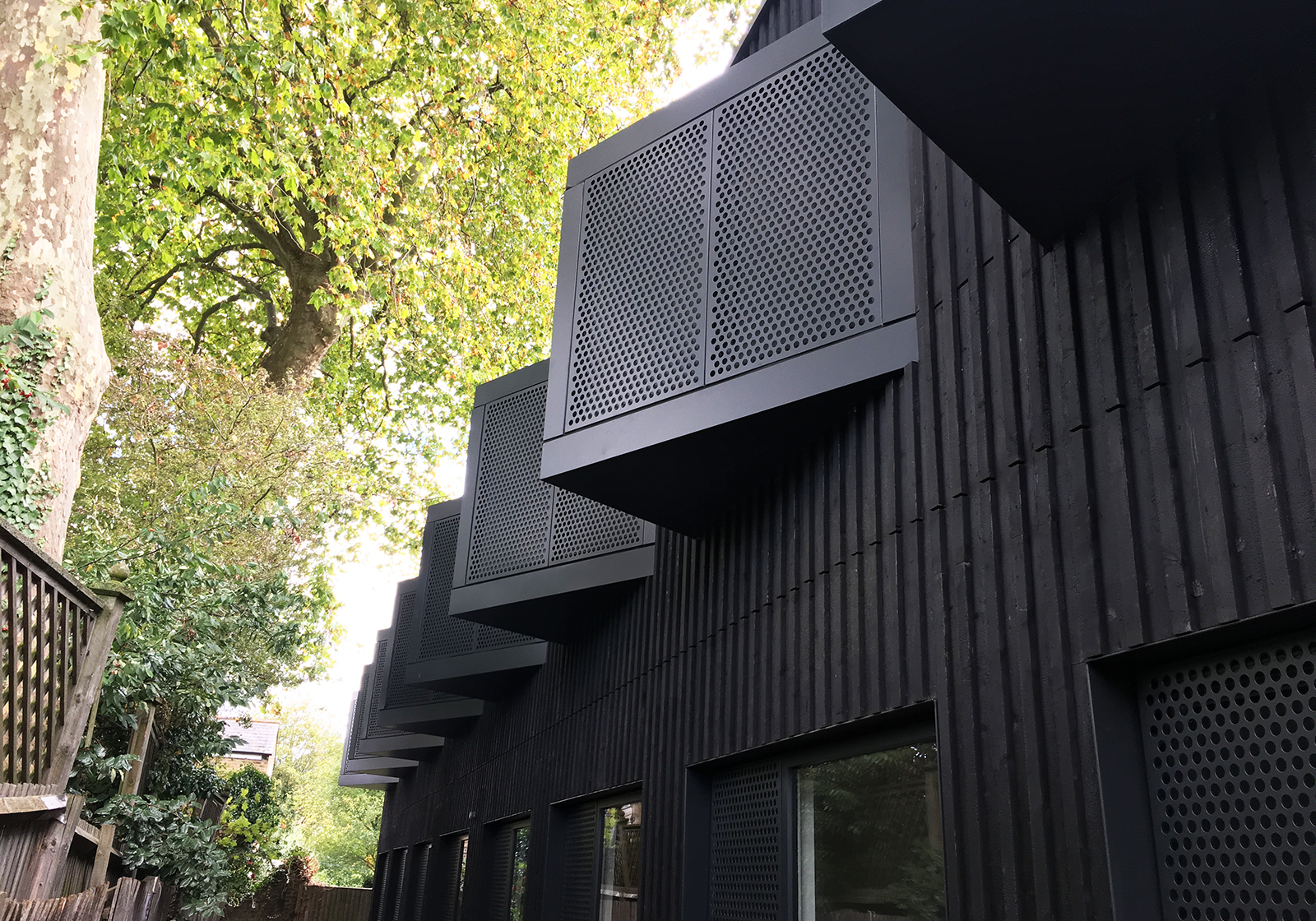
Conclusion
In conclusion, it is crucial to understand the difference between architectural steel fabrication and structural steel fabrication in the construction industry.
Architectural steel fabrication focuses on creating aesthetically pleasing and intricate designs. This process involves working closely with architects and designers to bring their vision to life. The goal is to create structures that are not only functional but also visually appealing. Architectural steel fabrication often involves the use of decorative elements, such as ornamental railings, staircases, and facades.
On the other hand, structural steel fabrication is concerned with the strength and stability of the building. This process involves the fabrication of steel components that are essential for the overall structural integrity of the building. Structural steel fabrication involves the creation of beams, columns, trusses, and other load-bearing elements. The focus is on ensuring that the structure can withstand the forces and loads it will encounter during its lifespan.
Both architectural steel fabrication and structural steel fabrication require careful consideration of design, coordination, and safety measures. Collaboration between architects, engineers, and fabricators is essential to ensure that the final structure meets both aesthetic and structural requirements.
By working closely together and ensuring structural integrity, architectural steel fabrication and structural steel fabrication combine to create remarkable and safe structures that stand the test of time.
Elevate Your Architectural Visions with Finish Architectural's Architectural Fabrication Services
Elevate your architectural projects with Finish Architectural's impeccable fabrication services. We meticulously transform designs into reality, specialising in finishing products for diverse buildings. Our use of advanced technology and in-house manufacturing ensures precision in working with aluminum, stainless steel, and mild steel, crafting everything from Copings to Window Shims.
Backed by cutting-edge technology , we deliver high-quality products on time. With a focus on value engineering, we minimize costs without compromising quality. Your architectural vision deserves the expertise of Finish Architectural to bring it to life. Contact us today for transformative, tangible masterpieces.
Need more information?
To see how Finish Architectural could support your next project - simply call us, or use the form below.